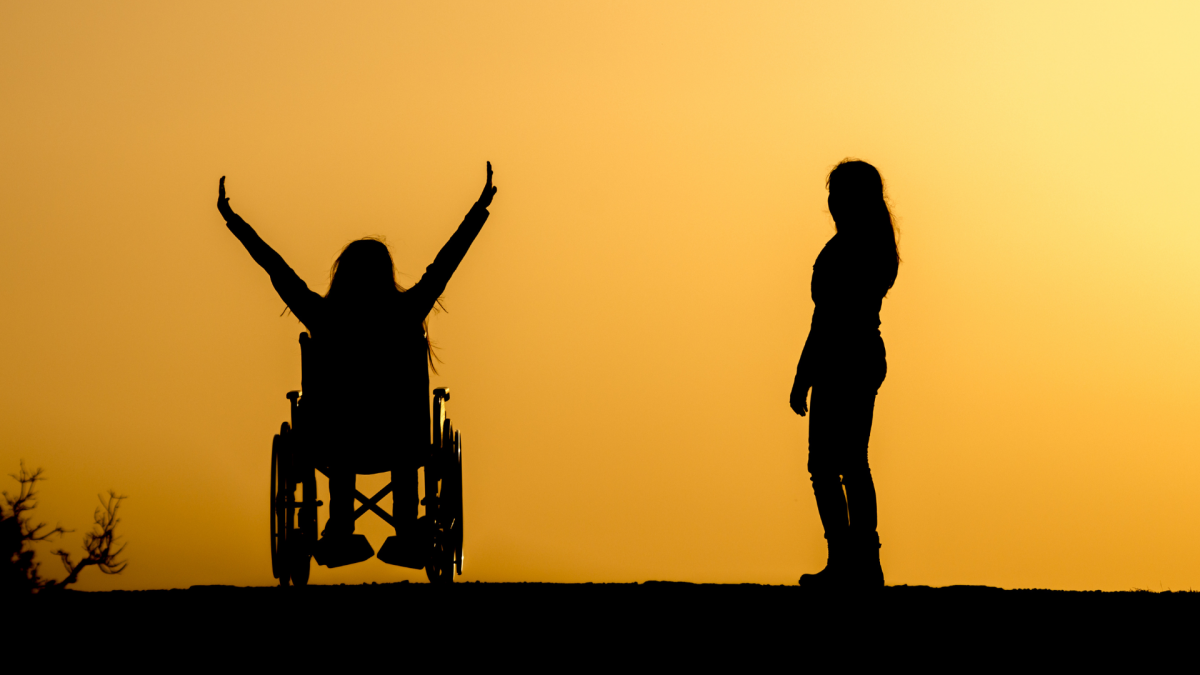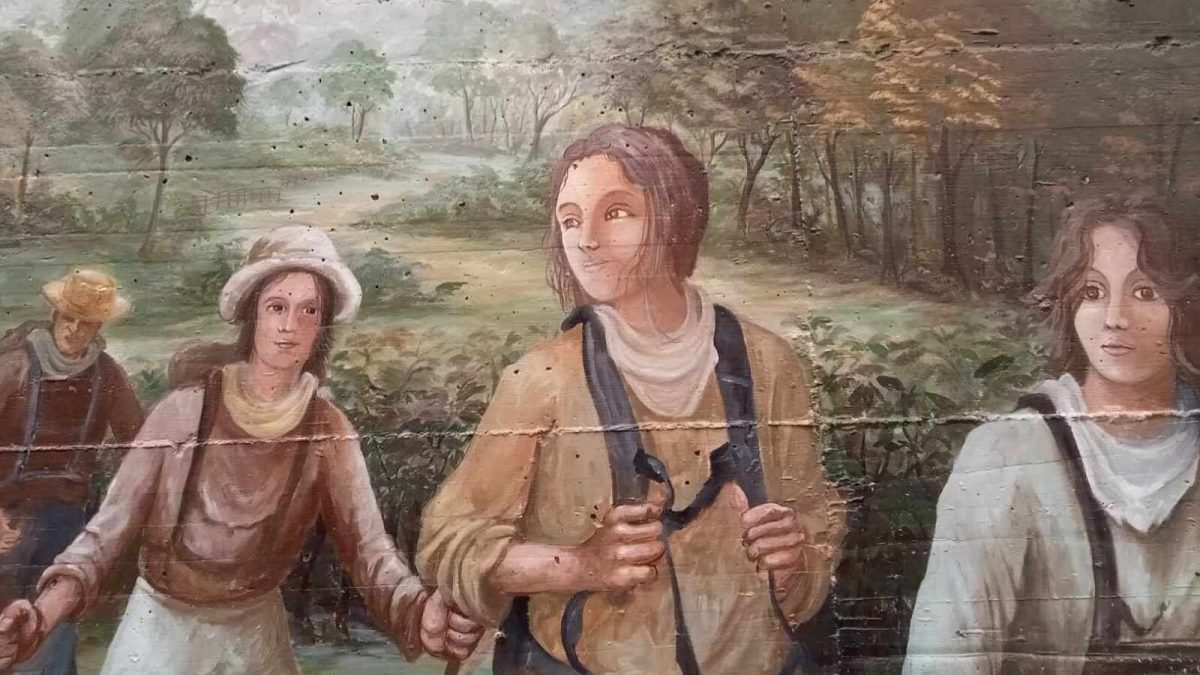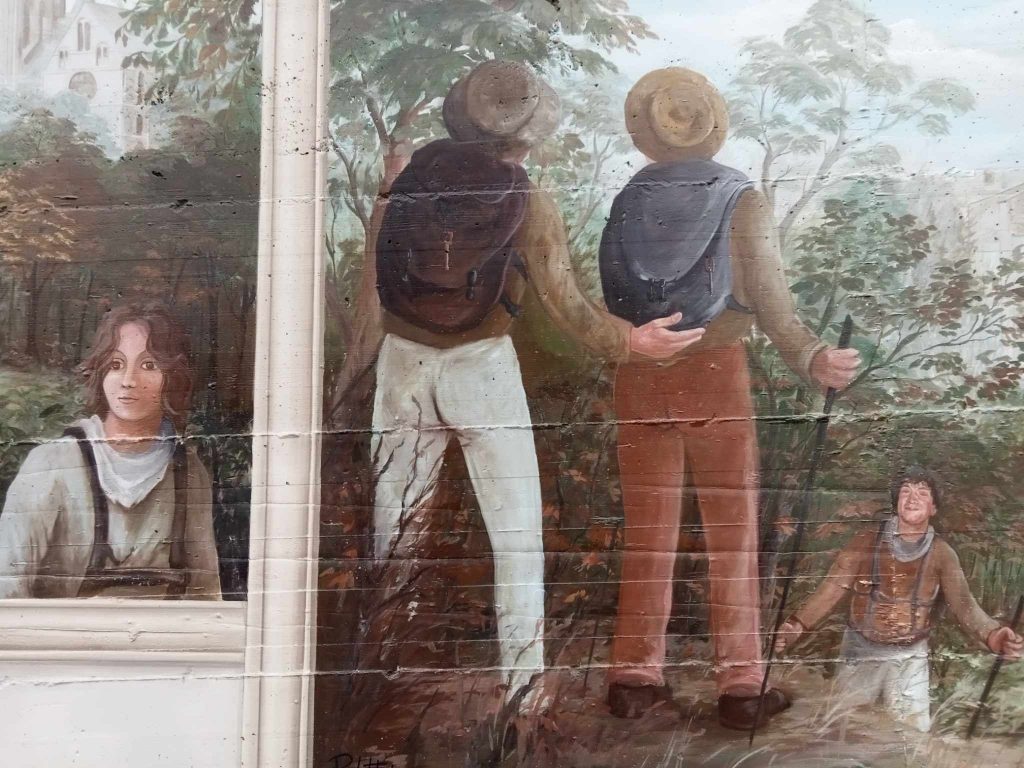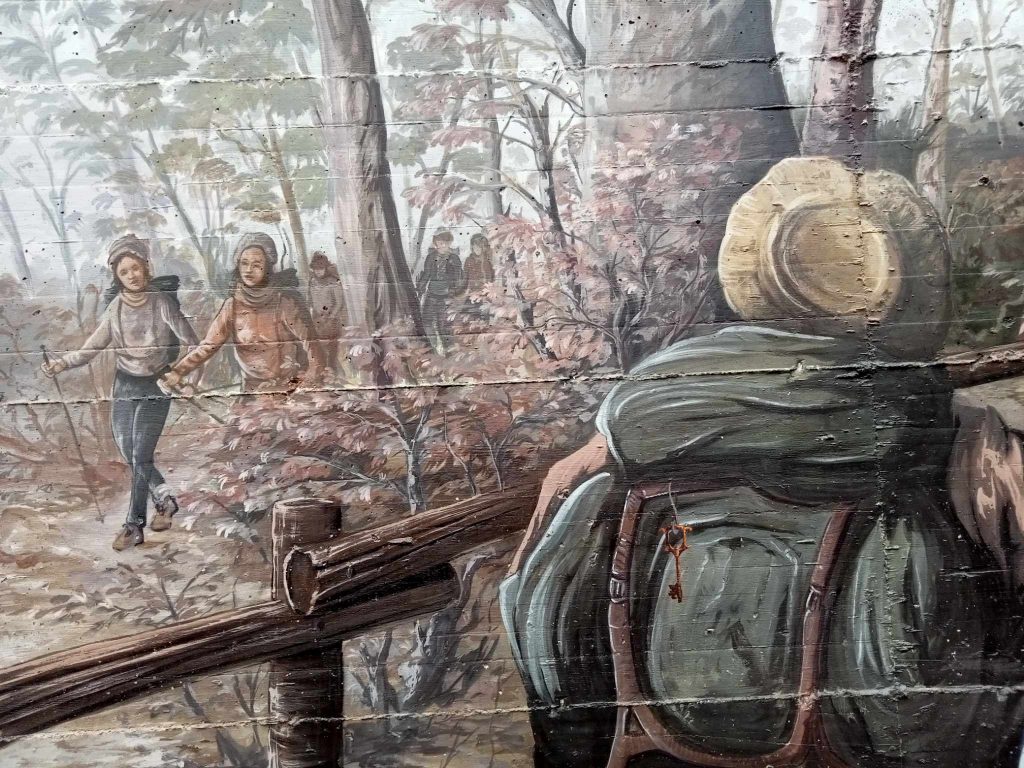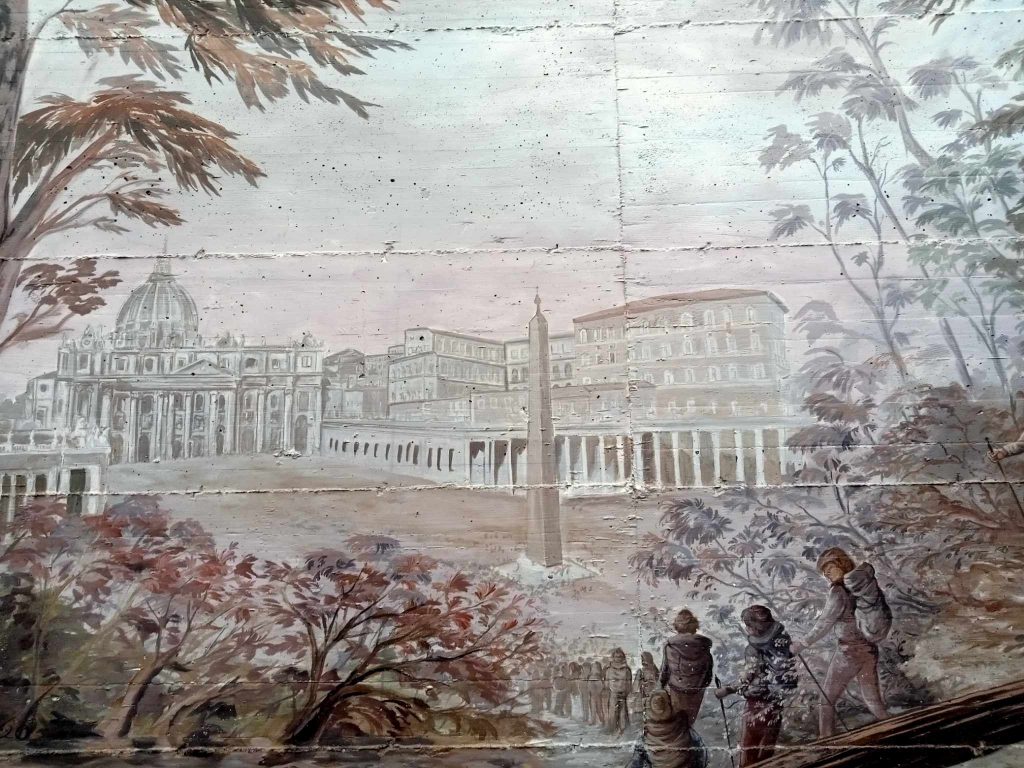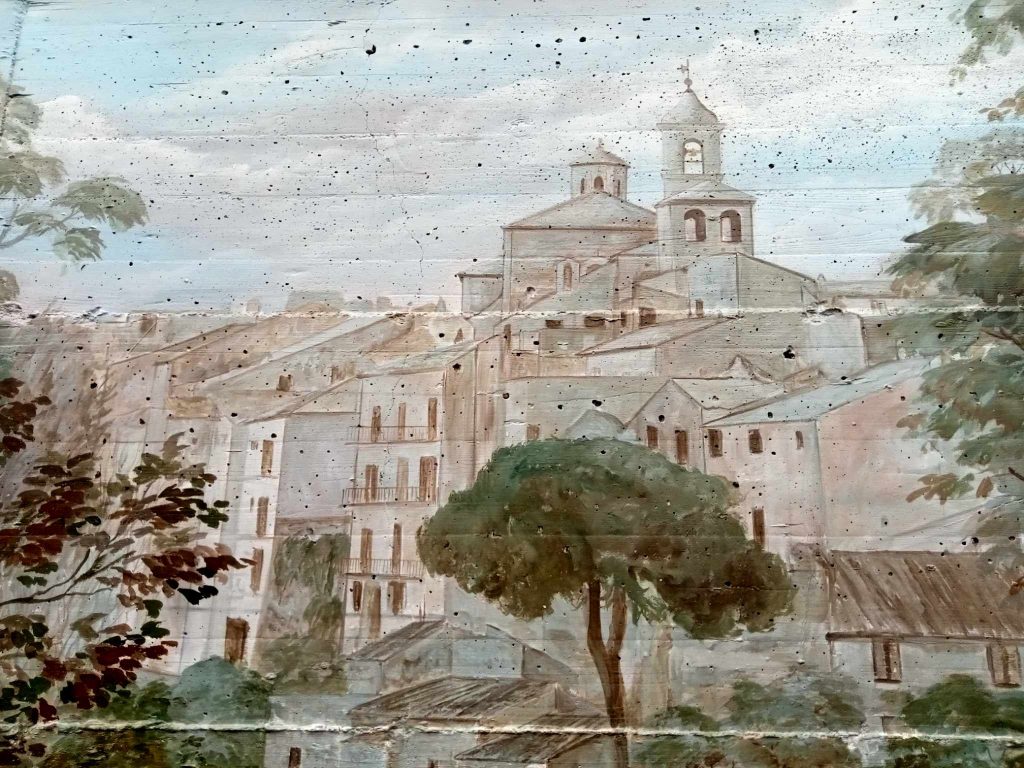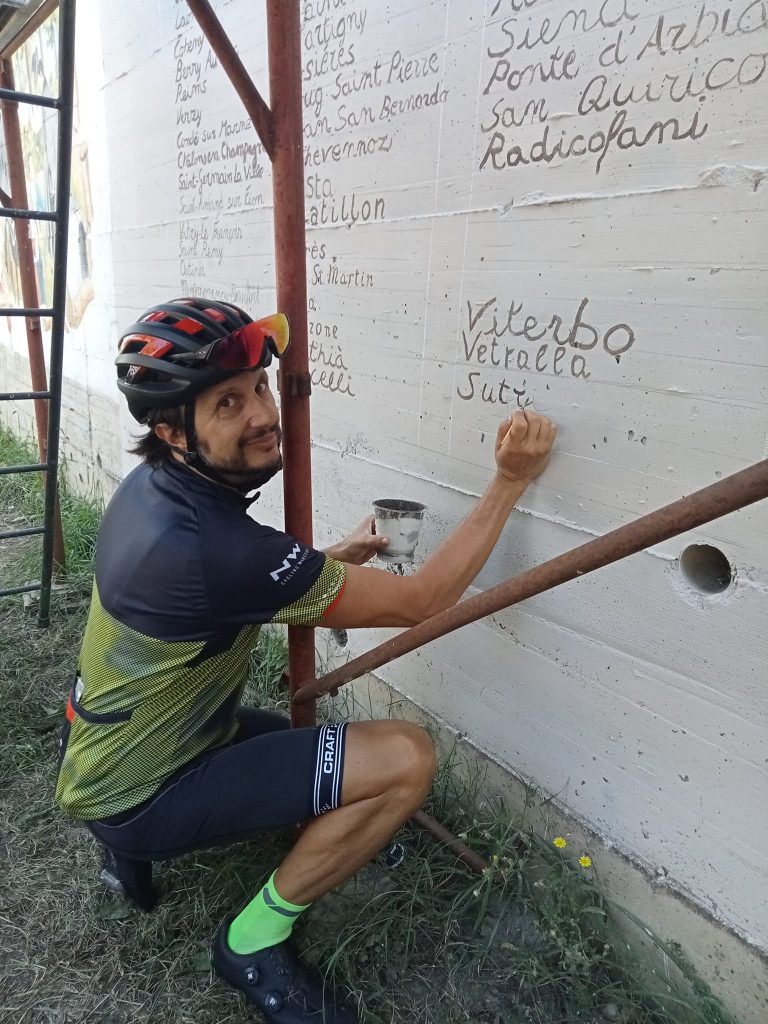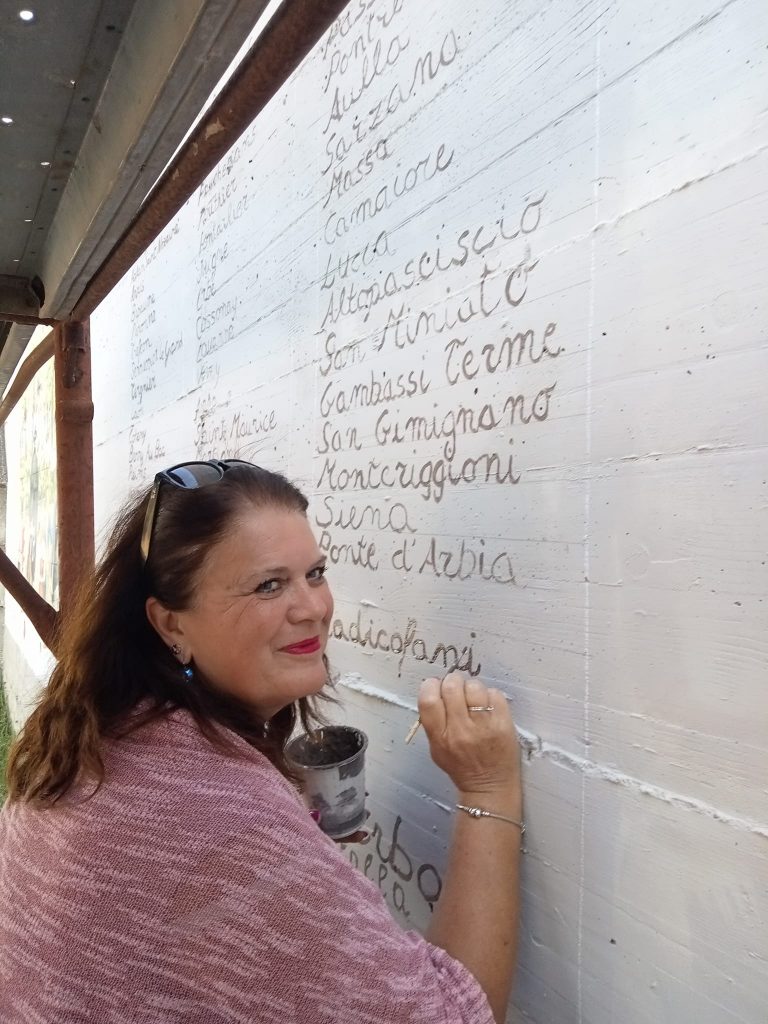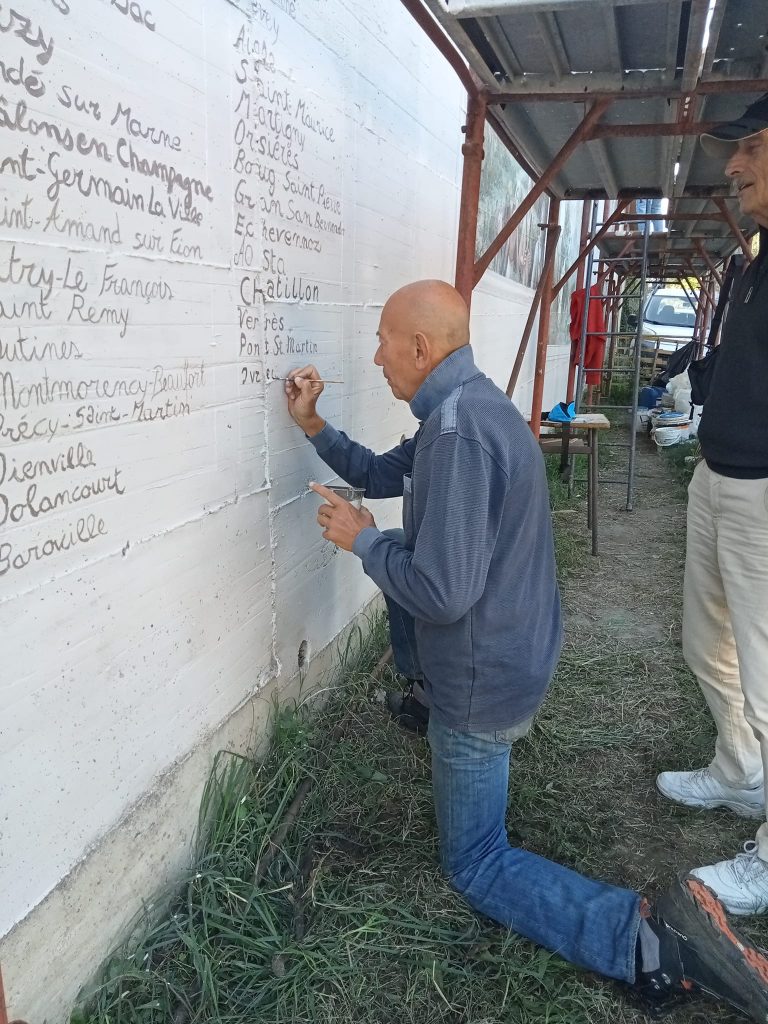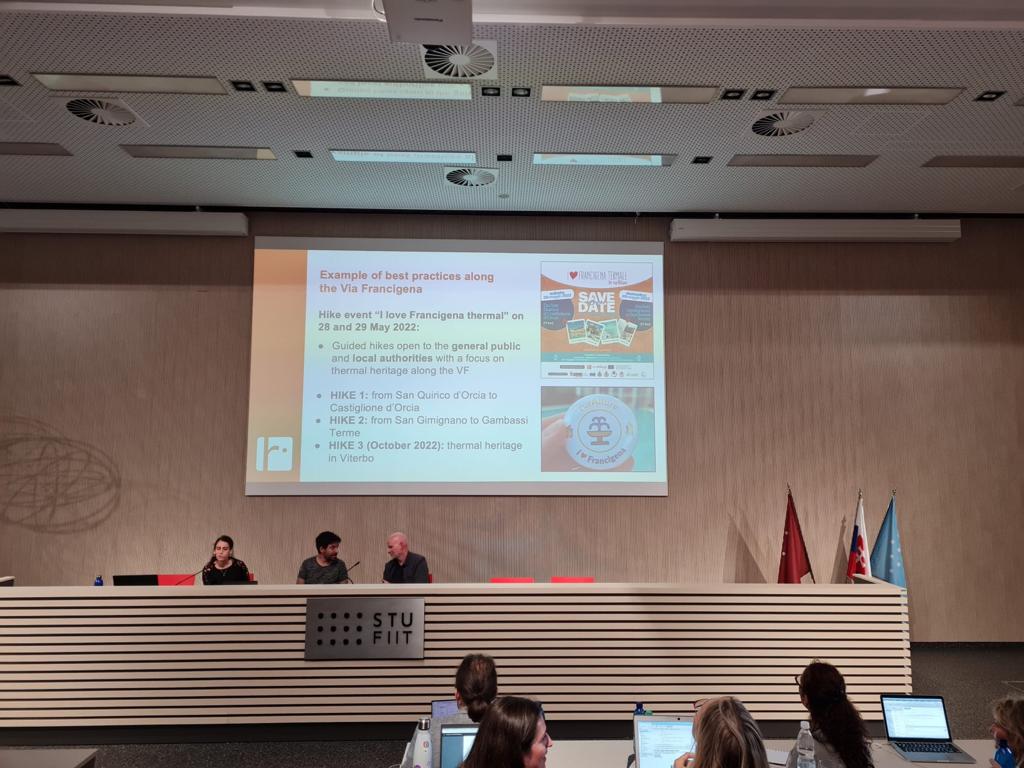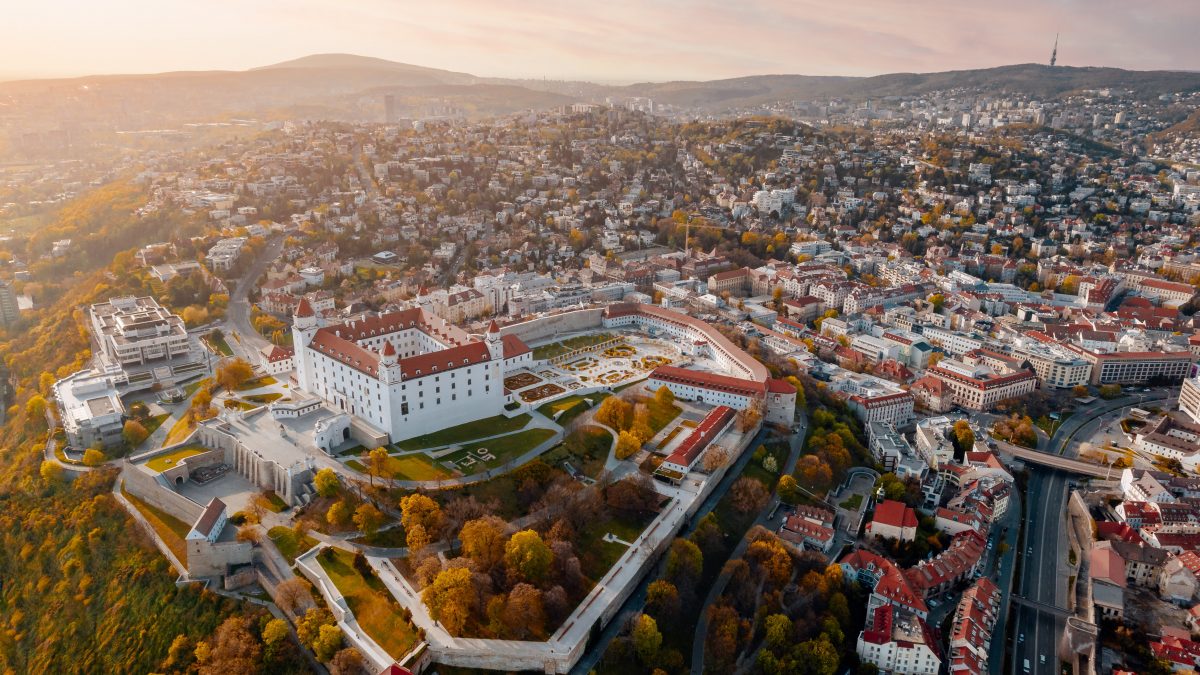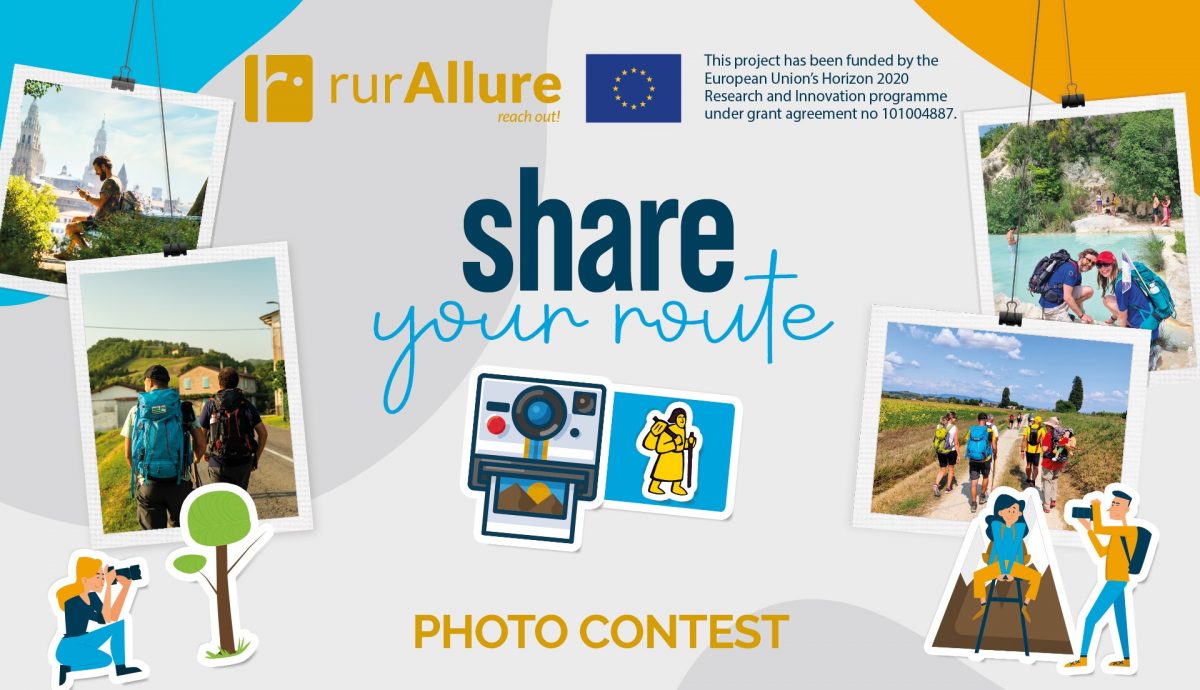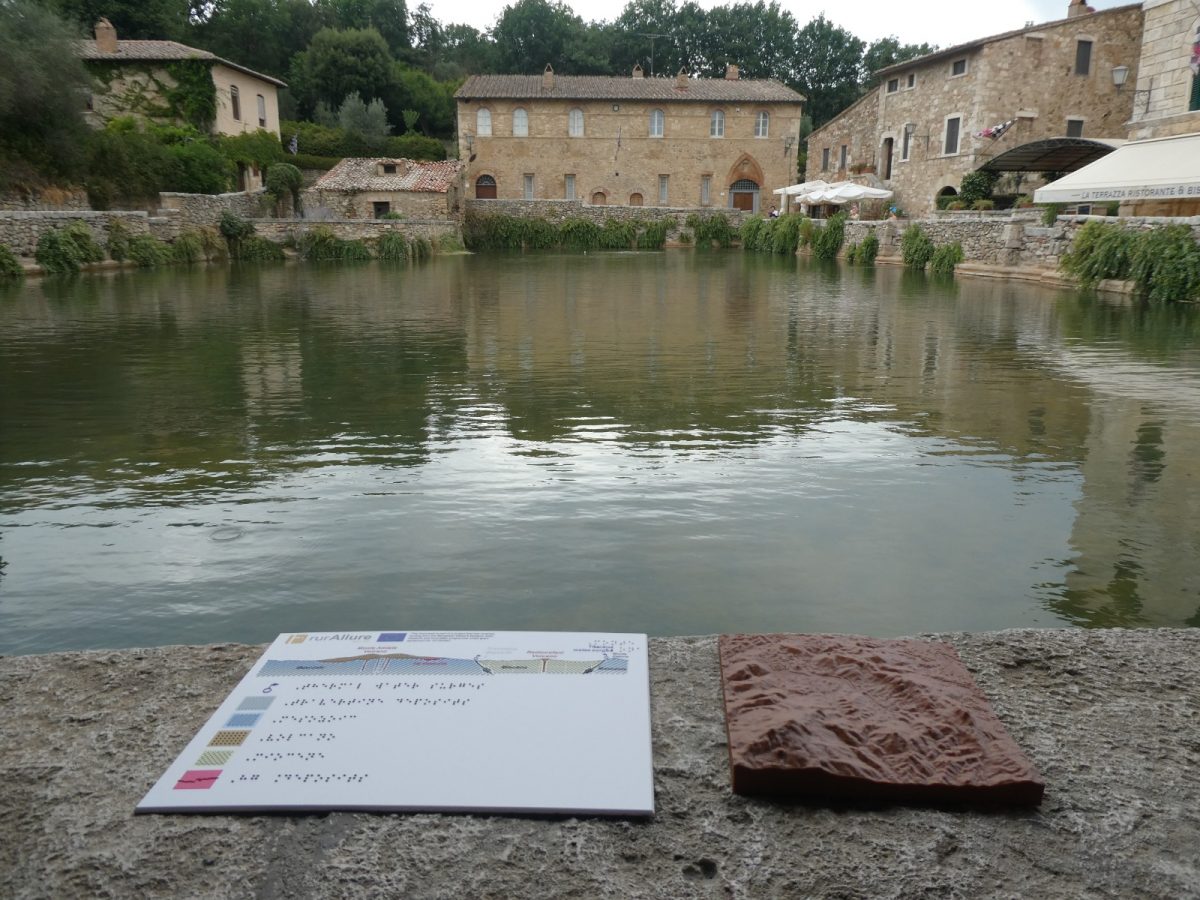With the arrival of spring, the “I Love Francigena” hikes – a format including a series of free hikes open to all those who want to travel along the official route of the Via Francigena – are back. The initiative is supported by Coop, one of the leading brands in large-scale distribution and a partner of the EAVF since 2022, which also this year will accompany us in discovering Italy from north to south.
Involving its six million members, Coop aims to promote a healthy and sustainable lifestyle by organizing outdoor events with the EAVF to explore and rediscover our territories with their scenic, gastronomic, and cultural beauties.
In 2022, thanks to the partnership between Coop and the EAVF, the “Coop Outdoor” project was launched, consisting of 13 free excursions involving 291 participants in Piedmont, Lombardy, Emilia-Romagna, Liguria, Tuscany, and Lazio. Last year, the renewal of the collaboration led to 16 Coop Outdoor events involving 415 hikers, with the addition of the Puglia region to the calendar. Furthermore, in 2023, some Coop stores also participated, offering refreshments to travelers at the end of the events. The 2024 edition will be part of the celebrations for the thirtieth anniversary of the certification of the Via Francigena as a Cultural Route of the Council of Europe, which took place in 1994.
◆ HERE IS THE HIKING CALENDAR 2024 ◆
Saturday 4 May – Piemonte, from Ivrea to Palazzo Canavese: sign up here
Sunday 5 May – Piemonte, from Palazzo Canavese to Viverone: sign up here
Saturday 11 May – Lazio, from Montefiascone to Viterbo: sign up here
Saturday 11 May – Lombardia, from Parco del Ticino to Pavia: sign up here
Saturday 11 May – Emilia-Romagna (Via Romea Strata), from Bomporto to Nonantola: sign up here
Sunday 12 May – Emilia-Romagna, from Fidenza to Salsomaggiore: sign up here
Sunday 12 May – Veneto (Via Romea Strata), from Stra to Padova: sign up here
Saturday 18 May – Emilia-Romagna, from Parco dei Boschi Carrega to Collecchio: sign up here
Saturday 18 May – Toscana, from Colle di Val d’Elsa to Poggibonsi: sign up here
Sunday 19 May – Emilia-Romagna, from Costamezzana to Medesano: sign up here
Saturday 25 May – Toscana, from Siena to Monteroni d’Arbia: sign up here
Saturday 8 June – Lazio, Via Appia: sign up here
Saturday 15 June – Piemonte, urban trekking in Susa: sign up here
Sunday 16 June – Piemonte from the Sacra San Michele to Avigliana: sign up here
Saturday 7 September – Liguria, from Castelnuovo Magra to Sarzana: sign up here
Sunday 8 September – Emilia-Romagna, trekking urbano a Piacenza: sign up here
Saturday 14 September – Lombardia, urban trekking in Pavia: sign up here
Sunday 15 September – Liguria e Toscana, from Castelnuovo Magra to Avenza: sign up here
Saturday 21 September – Puglia, from Polignano a Mare to Mola di Bari: sign up here
Saturday 21 September – Lazio, from Abbazia di Fossanova to Priverno: sign up here
Saturday 21 September – Friuli-Venezia Giulia (Via Romea Strata), from Venzone to Gemona: sign up here
Sunday 22 September – da Tricase a Santa Maria di Leuca, Puglia: sign up here
Subscribe to our newsletter to keep up!




